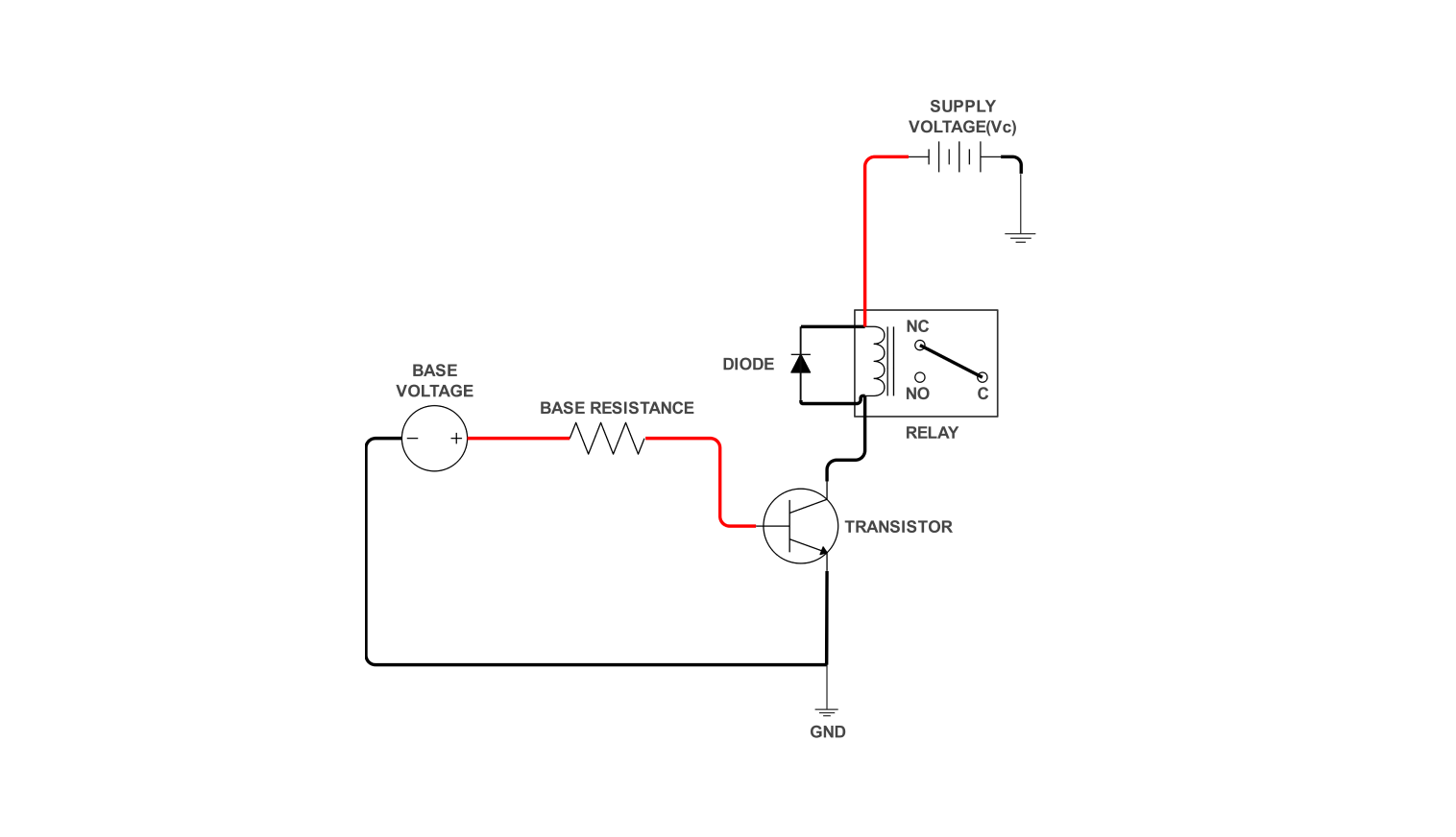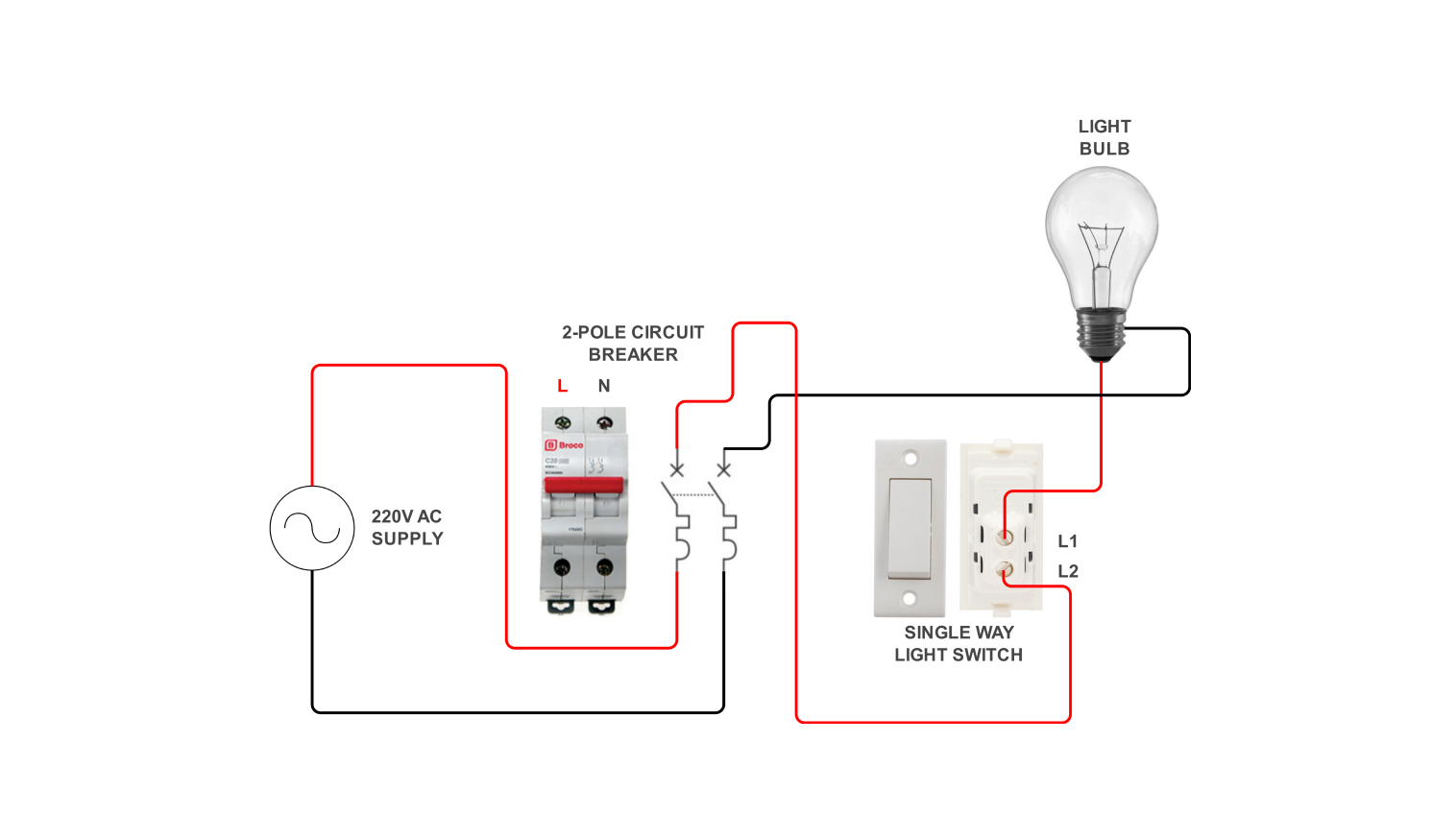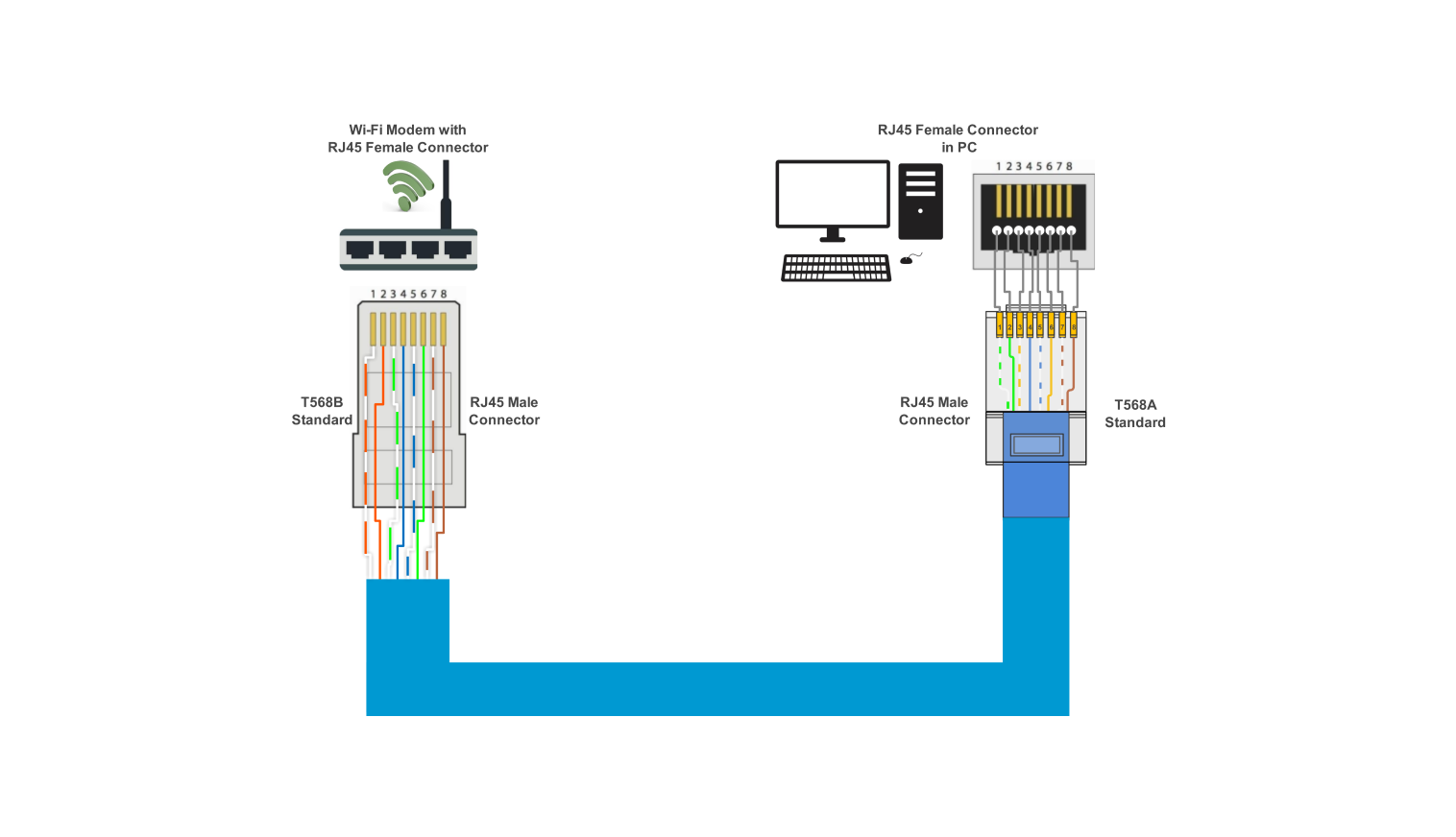- All templates
- Wiring diagram templates
- Mitsubishi alternator wiring diagram
About this template
When wiring a Mitsubishi alternator, it is necessary to establish a wiring plan that highlights the wiring connection between key components. In this diagram, there is a big circle encompassing all the other components, and its main role is to change the mechanical energy produced by the engine into electrical energy.
This power is important in recharging the vehicle battery and providing power for other electrical units that the vehicle uses. It is also necessary to indicate the location of the instrument cluster on the diagram, showing the most important metrics of a car and the alerts.
The ignition switch is important to start the operations of the engine while on its part, the starter solenoid assists in the process of transmitting current. This category has fuses installed to protect against overcurrent and therefore enhance safety as well as reliability.
Overall this has brought out a clear understanding of how these components integrate and ensure that the electrical system in a Mitsubishi vehicle is well functioning.
How to use this template?
Click on Use This Template to open the diagram.
Once the template has opened, look for the Libraries panel on the left side. There you can find all the electrical components that you might want to add in. Drag and drop the needed symbols onto your canvas.
Under Electrical Engineering, expand the Basic Electrical category. You can swap components, adjust values, and even add labels to tailor the circuit. You can also change line styles, colors, and text fonts for better clarity.
Now click File > Export and choose your preferred format (e.g., image file, PDF, SVG) to share and export to the diagram.
Why Mitsubishi alternator wiring diagram?
Several benefits accrue with the wiring diagram of a Mitsubishi alternator concentrating on the technicians, mechanics, and vehicle owners.
First, the diagram highlights the valuable orientation of the main electrical pathways of most components in the automotive electrical system. Most central of all in this diagram rests the Mitsubishi alternator which is critical in realizing the electric power from mechanical energy in the engine.
This power is paramount in recharging the battery of the vehicle and consequently meeting the supply of electricity to head lighting and other aspects that keep the vehicle running at its best.
Also included on the wiring diagram is the instrument cluster, which is a principal part of how a driver is made aware of certain key parameters of the automobile or any abnormalities ailing it. This allows drivers and technicians fully to observe critical features of automobile operation and to fix any problems soon.
Moreover, the fuses have been provided as a part of the diagram to protect against electrical overloads. Fuses are extremely important in protecting the wiring as well as the rest of the electrical circuit from getting easily damaged and also adding more safety and reliability to the electrical circuit of a car.
Mitsubishi alternator wiring diagram is useful in increasing productivity while also reducing errors in managing electrical systems.
Frequently asked questions
-
What is a good charging range for an alternator?
It is generally good practice for the charging capacity of an alternator to be between 13.5 to 14.5 volts while the car engine is on during the operation of the vehicle.
-
How to check if the alternator is draining the battery?
To ascertain if an alternator is on and draining the battery one should first switch off the engine and ensure the battery charge is full. Switch off the battery and remove one of the wires, then connect the ammeter between this removed wire and the battery cable.
Make sure all vehicles’ electrical systems are turned off; a normal draw is usually less than 50 milliamps for any fixtures such as clocks and radio settings. The greater the draw signifies a drive. To isolate the alternator, one unplugs the wiring harness and then observes the draw to determine changes when it is connected again.
-
What size wire to run from alternator to battery?
For systems that are 0 to 60 amps, 8 AWG wires for distances up to 5’ between the panels are recommended. As much as distance increases, it is recommended to opt for even thicker strands, which are 4 AWG, 2 AWG, 1 AWG, and ultimately, 2/0 AWG, depending on the length ranging from 20 to 25 feet and 25 to 30 feet.
Related templates
Get started with EdrawMax today
Create 210 types of diagrams online for free.
Draw a diagram free Draw a diagram free Draw a diagram free Draw a diagram free Draw a diagram free









